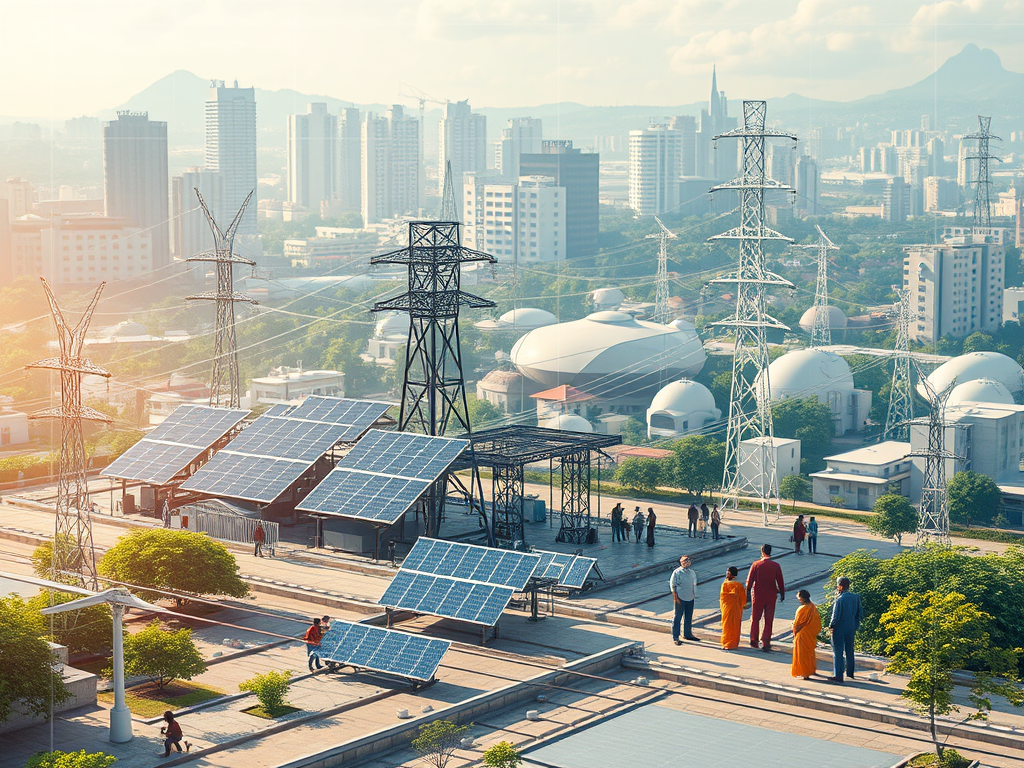India’s Energy Stack is an evolving conceptual framework inspired by India’s digital public infrastructure successes (like India Stack in fintech) but applied to the energy sector. It refers to creating an open, interoperable, modular set of digital and physical infrastructure layers that can enable:
Universal Access & Inclusion: Just like UPI democratized payments, an energy stack aims to provide affordable, reliable, and clean energy access for every Indian.
Interoperability & Data Exchange: Common protocols, standards, and APIs so utilities, grid operators, consumers, prosumers (like rooftop solar owners), and energy service providers can securely share data and coordinate actions in real time.
Energy Accounting & Settlement: Transparent systems for measuring, billing, and settling energy flows across participants — from traditional power plants to distributed energy resources.
Demand Flexibility & Markets: Platforms enabling dynamic demand response, peer-to-peer energy trading, and integration of energy storage with market signals.
AI & Analytics Layer: A layer to harness advanced analytics for forecasting, grid balancing, fraud detection, and optimizing energy flows.
Identity & Consent Layer: Just like Aadhaar/KYC for banking, mechanisms to establish digital identities of consumers/meters and enable consent-driven data sharing.
Current Developments
India’s government and regulators (CEA, CERC, MNRE) are exploring digitalization of grid and market operations, smart metering rollouts, and frameworks like the National Open Access Registry (NOAR) and POSOCO’s Green Energy Open Access Registry — early steps towards an energy stack.
Initiatives like the National Smart Grid Mission (NSGM) and DISCOM reforms under RDSS are laying foundational pieces.
Open protocols like the Open Smart Meter Protocol (OSMP) and efforts around India’s Green Energy Corridor support this vision.
Why it matters?
A fully realized India Energy Stack could:
- Lower costs through efficiency.
- Empower consumers with data-driven choices.
- Enable integration of renewables at scale.
- Support grid modernization, reliability, and resilience.
- Accelerate innovation in energy services (e.g., EV charging, rooftop solar, community batteries).
Challenges:
– Data privacy & cybersecurity concerns.
– Regulatory and institutional readiness.
– Disparate technology maturity across states/DISCOMs.
– Need for capacity building and stakeholder alignment.
Bottom line:
India Energy Stack is not a fully formalized program yet like India Stack, but it’s a compelling idea gaining momentum as India strives to digitalize, decarbonize, and democratize its energy ecosystem.



